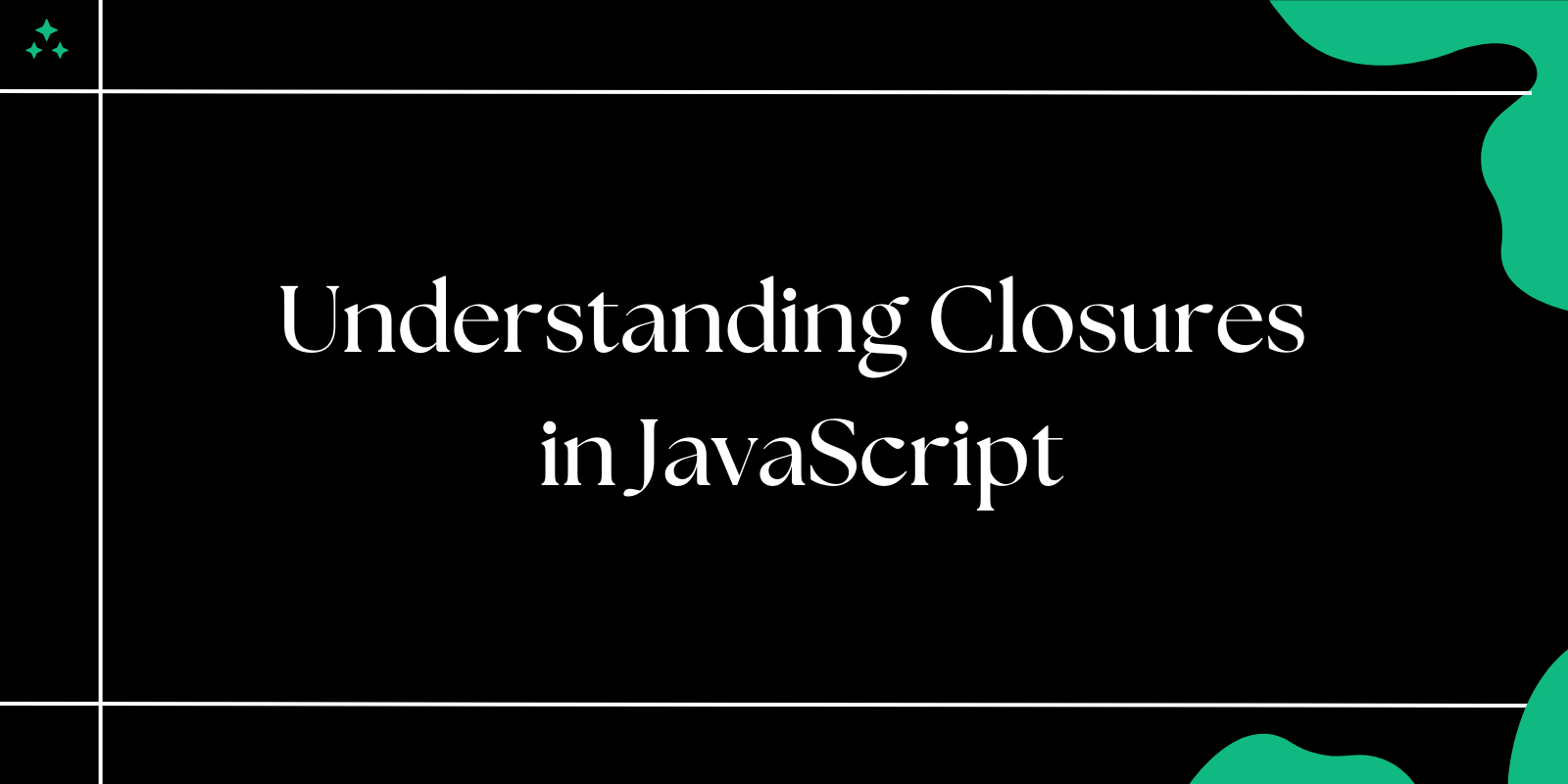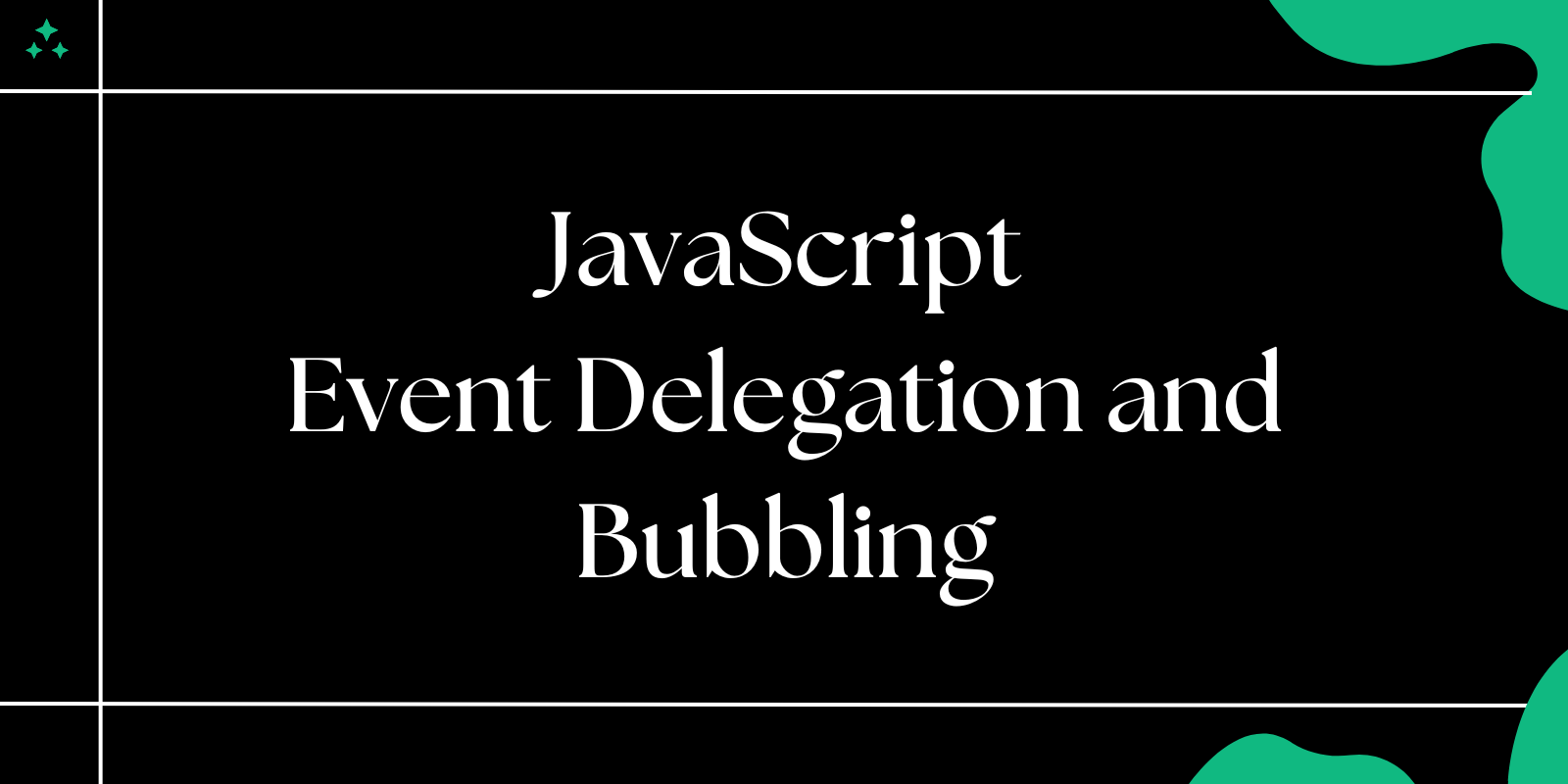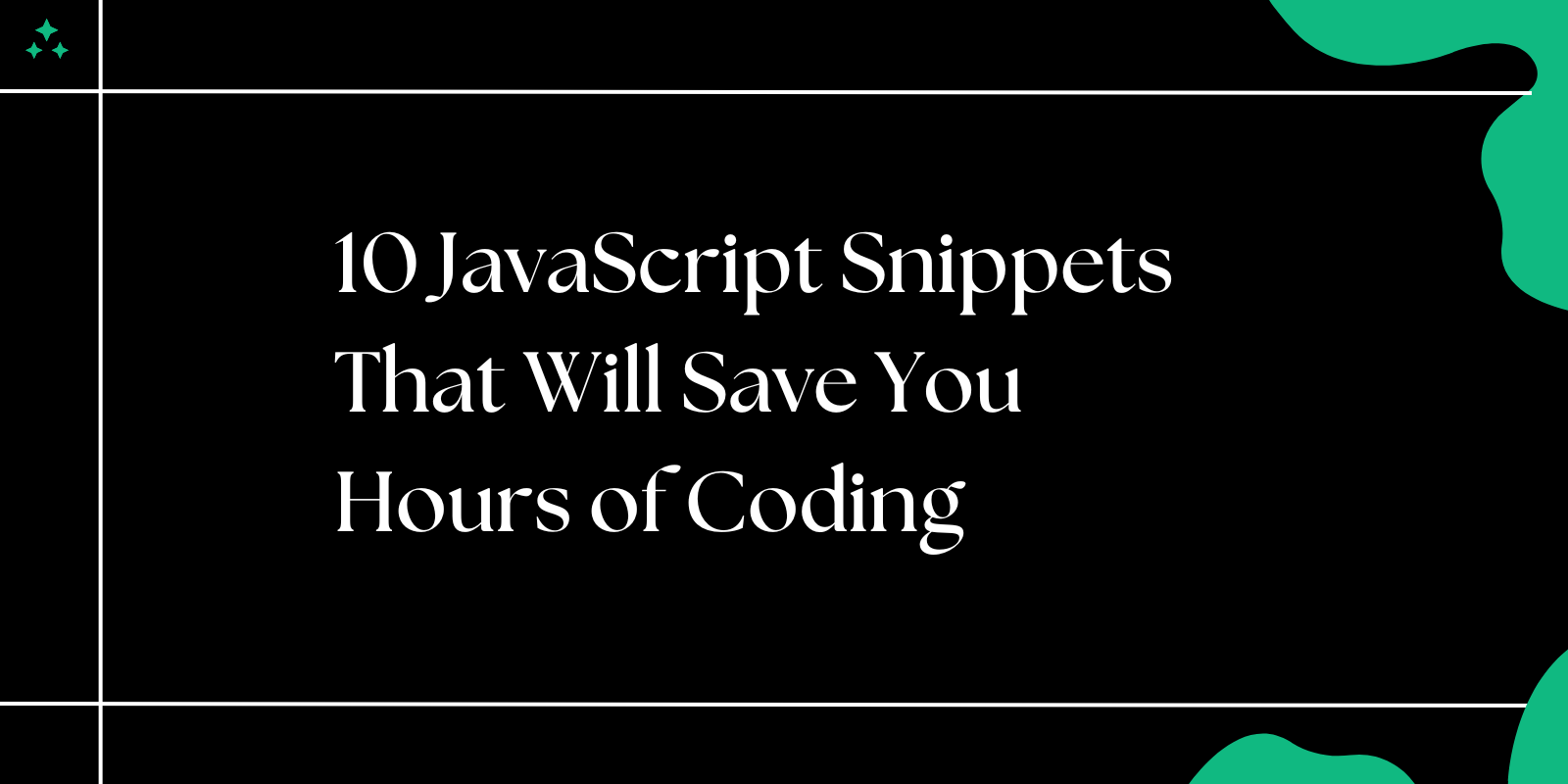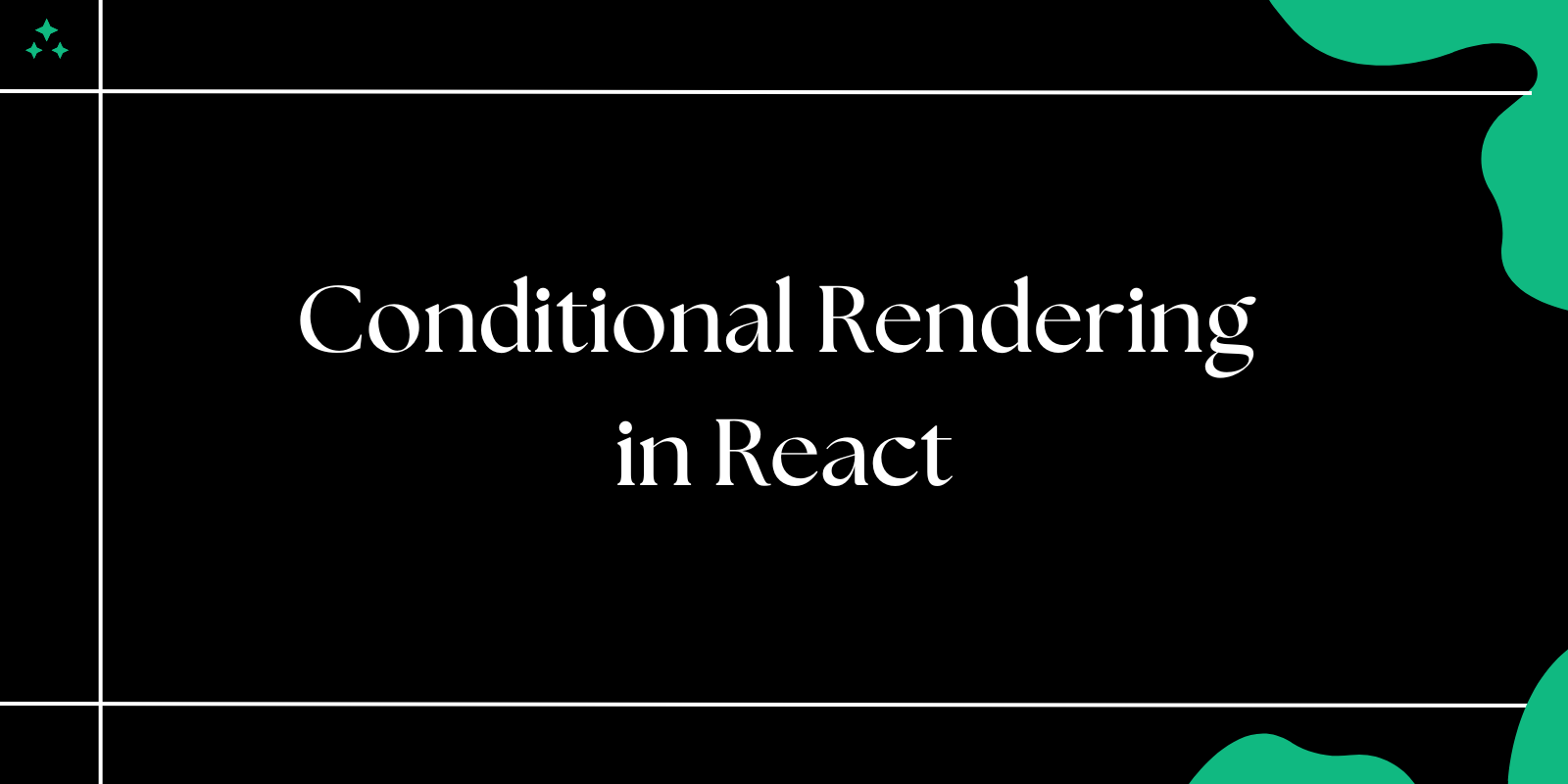Introduction
You're debugging a piece of JavaScript code late at night, and you stumble upon a function that somehow "remembers" a variable from a function that finished executing hours ago. Welcome to the fascinating world of closures!
Closures are one of those JavaScript concepts that can make you feel like a wizard once you understand them, but until that moment arrives, they might seem like dark magic. I remember when I first encountered closures during a code review - my colleague casually mentioned that our event handler was using a closure to maintain state, and I nodded along while secretly having no idea what they meant.
This journey through closures will transform that confusion into confidence. We'll explore not just what closures are, but why they exist, how they work under the hood, and most importantly, how they can make your code more elegant and powerful. Whether you're a beginner who's heard the term whispered in developer circles or a seasoned programmer looking to deepen your understanding, this guide will illuminate the path forward.
What is a Closure?
In JavaScript, a closure is a function that "remembers" the variables from its outer scope, even after the outer function has executed. Think of it as a backpack that a function carries with it, containing all the variables it needs from its birthplace.
This unique behavior is made possible by JavaScript's lexical scoping rules and the way the engine manages execution contexts. When a function is created, it doesn't just contain its own code - it also maintains a reference to the environment where it was born.
Simple Definition
A closure is created when:
- A function is defined inside another function (the nested structure)
- The inner function accesses variables from the outer function (the dependency)
- The inner function is made available outside the outer function (the exposure)
This three-step dance is what gives closures their power. The inner function becomes a "closure" because it closes over (captures) the variables from its outer scope.
The Mental Model
Imagine you're a detective working on a case. You collect evidence (variables) in your office (outer function), and then you send your assistant (inner function) to present the case in court. Even though your assistant leaves your office, they carry copies of all the evidence with them. That's essentially how closures work - the inner function carries references to the outer function's variables wherever it goes.
Syntax and Example
Here's a basic example that demonstrates the fundamental mechanics of closures:
function outerFunction(outerVariable) {
// This variable exists in the outer function's scope
const secretMessage = "I'm captured by closure!";
return function innerFunction(innerVariable) {
// The inner function can access both its own parameter
// and variables from the outer function
console.log(`Outer: ${outerVariable}`);
console.log(`Inner: ${innerVariable}`);
console.log(`Secret: ${secretMessage}`);
};
}
const closureFunc = outerFunction('Hello');
// At this point, outerFunction has finished executing,
// but its variables are still accessible!
closureFunc('World');
// Output:
// Outer: Hello
// Inner: World
// Secret: I'm captured by closure!
Let's trace through what happens step by step:
- Creation Phase:
outerFunctionis called with 'Hello', creating an execution context - Closure Formation: The inner function is created and "closes over"
outerVariableandsecretMessage - Return Phase: The inner function is returned and assigned to
closureFunc - Execution Phase: Even though
outerFunctionis done, when we callclosureFunc, it still has access to those captured variables
How Closures Work Under the Hood
Understanding closures requires a peek into JavaScript's execution model. When outerFunction runs, the JavaScript engine creates what's called a "lexical environment" - a data structure that holds variable bindings for that function's scope.
Normally, when a function finishes executing, its lexical environment would be garbage collected. However, when an inner function references variables from the outer scope, the JavaScript engine keeps those variables alive in memory. This is the magic of closures - they prevent certain variables from being cleaned up because they might be needed later.
function createCounter() {
let count = 0; // This variable will be kept alive by the closure
return function() {
count++; // The closure maintains access to 'count'
console.log(`Current count: ${count}`);
};
}
const counter1 = createCounter();
const counter2 = createCounter();
counter1(); // Current count: 1
counter1(); // Current count: 2
counter2(); // Current count: 1 (independent closure!)
Notice how each call to createCounter() creates a separate closure with its own count variable. This is crucial - closures don't share their captured variables; each closure maintains its own private copy.
Use Cases of Closures
1. Data Encapsulation and Privacy
One of the most powerful applications of closures is creating truly private variables in JavaScript. Before ES6 classes with private fields, closures were the primary way to achieve encapsulation.
function createBankAccount(initialBalance) {
let balance = initialBalance; // Private variable
let transactionHistory = []; // Another private variable
return {
deposit: function(amount) {
if (amount > 0) {
balance += amount;
transactionHistory.push({ type: 'deposit', amount, date: new Date() });
return balance;
}
throw new Error('Deposit amount must be positive');
},
withdraw: function(amount) {
if (amount > 0 && amount <= balance) {
balance -= amount;
transactionHistory.push({ type: 'withdrawal', amount, date: new Date() });
return balance;
}
throw new Error('Invalid withdrawal amount');
},
getBalance: function() {
return balance;
},
getHistory: function() {
// Return a copy to prevent external modification
return [...transactionHistory];
}
};
}
const myAccount = createBankAccount(1000);
console.log(myAccount.getBalance()); // 1000
myAccount.deposit(500);
console.log(myAccount.getBalance()); // 1500
// These variables are completely inaccessible from outside
// console.log(myAccount.balance); // undefined
// myAccount.balance = 9999999; // Won't affect the actual balance
This pattern creates a robust API where the internal state cannot be corrupted by external code, demonstrating the power of closure-based encapsulation.
2. Event Listeners and Callbacks
Closures shine in event handling scenarios, where you need to maintain context across asynchronous operations. This is particularly useful when you need to associate specific data with event handlers.
function setupButtonHandlers(buttons) {
buttons.forEach((button, index) => {
const buttonData = {
id: `btn-${index}`,
clickCount: 0,
createdAt: new Date()
};
button.addEventListener('click', function(event) {
// This closure captures buttonData for each button independently
buttonData.clickCount++;
console.log(`Button ${buttonData.id} clicked ${buttonData.clickCount} times`);
console.log(`Button created at: ${buttonData.createdAt}`);
// You can even modify the button based on its history
if (buttonData.clickCount === 5) {
button.style.backgroundColor = 'gold';
button.textContent = '🌟 Star Button! 🌟';
}
});
});
}
// Usage
const buttons = document.querySelectorAll('.interactive-button');
setupButtonHandlers(Array.from(buttons));
Here, each button gets its own closure containing unique data, creating isolated contexts for each event handler.
3. Currying Functions and Partial Application
Closures enable elegant functional programming patterns like currying, where you can create specialized functions from more general ones.
function createMultiplier(factor) {
return function(number) {
return number * factor;
};
}
// Create specialized functions
const double = createMultiplier(2);
const triple = createMultiplier(3);
const tenTimes = createMultiplier(10);
console.log(double(5)); // 10
console.log(triple(4)); // 12
console.log(tenTimes(7)); // 70
// More advanced currying example
function createFormatter(prefix, suffix) {
return function(content) {
return `${prefix}${content}${suffix}`;
};
}
const htmlTag = createFormatter('<p>', '</p>');
const emphasize = createFormatter('**', '**');
const parenthesize = createFormatter('(', ')');
console.log(htmlTag('Hello World')); // <p>Hello World</p>
console.log(emphasize('Important!')); // **Important!**
console.log(parenthesize('aside')); // (aside)
4. State Management in Asynchronous Operations
Closures are invaluable for maintaining state across asynchronous operations, especially when dealing with APIs, timers, or complex user interactions.
function createProgressTracker(taskName, totalSteps) {
let currentStep = 0;
let startTime = Date.now();
let stepHistory = [];
return {
nextStep: function(description) {
currentStep++;
const stepTime = Date.now();
const stepData = {
step: currentStep,
description,
timestamp: stepTime,
elapsed: stepTime - startTime
};
stepHistory.push(stepData);
console.log(`${taskName}: Step ${currentStep}/${totalSteps} - ${description}`);
if (currentStep === totalSteps) {
console.log(`✅ ${taskName} completed in ${stepTime - startTime}ms`);
}
return stepData;
},
getProgress: function() {
return {
taskName,
currentStep,
totalSteps,
percentage: (currentStep / totalSteps) * 100,
history: [...stepHistory]
};
},
reset: function() {
currentStep = 0;
startTime = Date.now();
stepHistory = [];
console.log(`🔄 ${taskName} reset`);
}
};
}
// Usage in an async workflow
async function processUserData() {
const tracker = createProgressTracker('User Data Processing', 4);
tracker.nextStep('Validating input');
await new Promise(resolve => setTimeout(resolve, 500));
tracker.nextStep('Fetching user profile');
await new Promise(resolve => setTimeout(resolve, 800));
tracker.nextStep('Processing data');
await new Promise(resolve => setTimeout(resolve, 300));
tracker.nextStep('Saving results');
await new Promise(resolve => setTimeout(resolve, 200));
return tracker.getProgress();
}
5. Module Patterns and Namespace Management
Before ES6 modules, closures were the primary way to create modular, organized code with controlled exports.
const MathUtils = (function() {
// Private variables and functions
const PI = 3.14159;
let calculationHistory = [];
function logCalculation(operation, inputs, result) {
calculationHistory.push({
operation,
inputs: [...inputs],
result,
timestamp: new Date()
});
}
function validateInputs(...numbers) {
return numbers.every(num => typeof num === 'number' && !isNaN(num));
}
// Public API
return {
add: function(...numbers) {
if (!validateInputs(...numbers)) {
throw new Error('All inputs must be valid numbers');
}
const result = numbers.reduce((sum, num) => sum + num, 0);
logCalculation('add', numbers, result);
return result;
},
multiply: function(...numbers) {
if (!validateInputs(...numbers)) {
throw new Error('All inputs must be valid numbers');
}
const result = numbers.reduce((product, num) => product * num, 1);
logCalculation('multiply', numbers, result);
return result;
},
circleArea: function(radius) {
if (!validateInputs(radius) || radius < 0) {
throw new Error('Radius must be a positive number');
}
const result = PI * radius * radius;
logCalculation('circleArea', [radius], result);
return result;
},
getHistory: function() {
return [...calculationHistory]; // Return copy to prevent mutation
},
clearHistory: function() {
calculationHistory = [];
console.log('Calculation history cleared');
}
};
})();
// Usage
console.log(MathUtils.add(5, 10, 15)); // 30
console.log(MathUtils.circleArea(5)); // 78.53975
console.log(MathUtils.getHistory().length); // 2
Common Pitfalls and Best Practices
1. Memory Leaks from Unnecessary Closures
Closures keep references to their outer scope alive, which can lead to memory leaks if not managed properly.
// ❌ Problematic: Creates unnecessary closures
function attachListeners(elements) {
const heavyData = new Array(1000000).fill('data'); // Large data structure
elements.forEach(element => {
element.addEventListener('click', function() {
// This closure captures heavyData even though it doesn't use it!
console.log('Clicked!');
});
});
}
// ✅ Better: Avoid capturing unnecessary variables
function attachListeners(elements) {
function handleClick() {
console.log('Clicked!');
}
elements.forEach(element => {
element.addEventListener('click', handleClick);
});
}
2. Variable Shadowing Confusion
Be careful about variable names to avoid confusion between different scopes.
// ❌ Confusing: Variable shadowing
function createHandler(name) {
return function(name) { // This shadows the outer 'name'
console.log(name); // Which 'name' is this?
};
}
// ✅ Clear: Use different variable names
function createHandler(userName) {
return function(eventName) {
console.log(`User: ${userName}, Event: ${eventName}`);
};
}
3. Loop Closure Gotchas
The classic closure-in-loop problem that has tripped up many developers:
// ❌ Common mistake: All functions reference the same variable
function createFunctions() {
const functions = [];
for (var i = 0; i < 3; i++) {
functions.push(function() {
console.log(i); // All will print 3!
});
}
return functions;
}
// ✅ Solutions:
// Option 1: Use let instead of var
function createFunctions() {
const functions = [];
for (let i = 0; i < 3; i++) { // 'let' creates new binding each iteration
functions.push(function() {
console.log(i); // Prints 0, 1, 2 correctly
});
}
return functions;
}
// Option 2: Use IIFE (Immediately Invoked Function Expression)
function createFunctions() {
const functions = [];
for (var i = 0; i < 3; i++) {
functions.push((function(index) {
return function() {
console.log(index);
};
})(i));
}
return functions;
}
4. Performance Considerations
While closures are powerful, they do have performance implications:
// ❌ Inefficient: Creating new functions repeatedly
class Button {
constructor(element) {
this.element = element;
this.clickCount = 0;
// Creates a new function every time
this.element.addEventListener('click', () => {
this.handleClick();
});
}
handleClick() {
this.clickCount++;
console.log(`Clicked ${this.clickCount} times`);
}
}
// ✅ More efficient: Bind once or use method references
class Button {
constructor(element) {
this.element = element;
this.clickCount = 0;
// Bind once during construction
this.boundHandleClick = this.handleClick.bind(this);
this.element.addEventListener('click', this.boundHandleClick);
}
handleClick() {
this.clickCount++;
console.log(`Clicked ${this.clickCount} times`);
}
}
Advanced Closure Patterns
Memoization with Closures
Closures can be used to implement caching strategies:
function memoize(fn) {
const cache = new Map();
return function(...args) {
const key = JSON.stringify(args);
if (cache.has(key)) {
console.log('Cache hit!');
return cache.get(key);
}
const result = fn.apply(this, args);
cache.set(key, result);
return result;
};
}
// Usage
const expensiveCalculation = memoize(function(n) {
console.log(`Computing expensive operation for ${n}`);
return n * n * n;
});
console.log(expensiveCalculation(5)); // Computing... 125
console.log(expensiveCalculation(5)); // Cache hit! 125
Conclusion
Closures represent one of JavaScript's most elegant and powerful features. They bridge the gap between functional and object-oriented programming, enabling patterns that would be impossible or clunky in languages without lexical scoping.
Remember that every closure you create carries a responsibility. It keeps variables alive in memory and creates relationships between different parts of your code. Use this power wisely - embrace closures when they solve real problems and make your code more expressive, but don't force them into situations where simpler approaches would suffice.
Start experimenting with closures in your projects, beginning with the simpler patterns like event handlers and data encapsulation, then gradually work your way up to more advanced techniques. The "aha!" moment when closures click is genuinely rewarding, and once you have it, you'll find yourself seeing opportunities to use them everywhere.
Your future self will thank you for taking the time to truly understand closures. They're not just a JavaScript feature - they're a way of thinking about program structure that will make you a more thoughtful and effective developer.
Happy coding! 🎉



